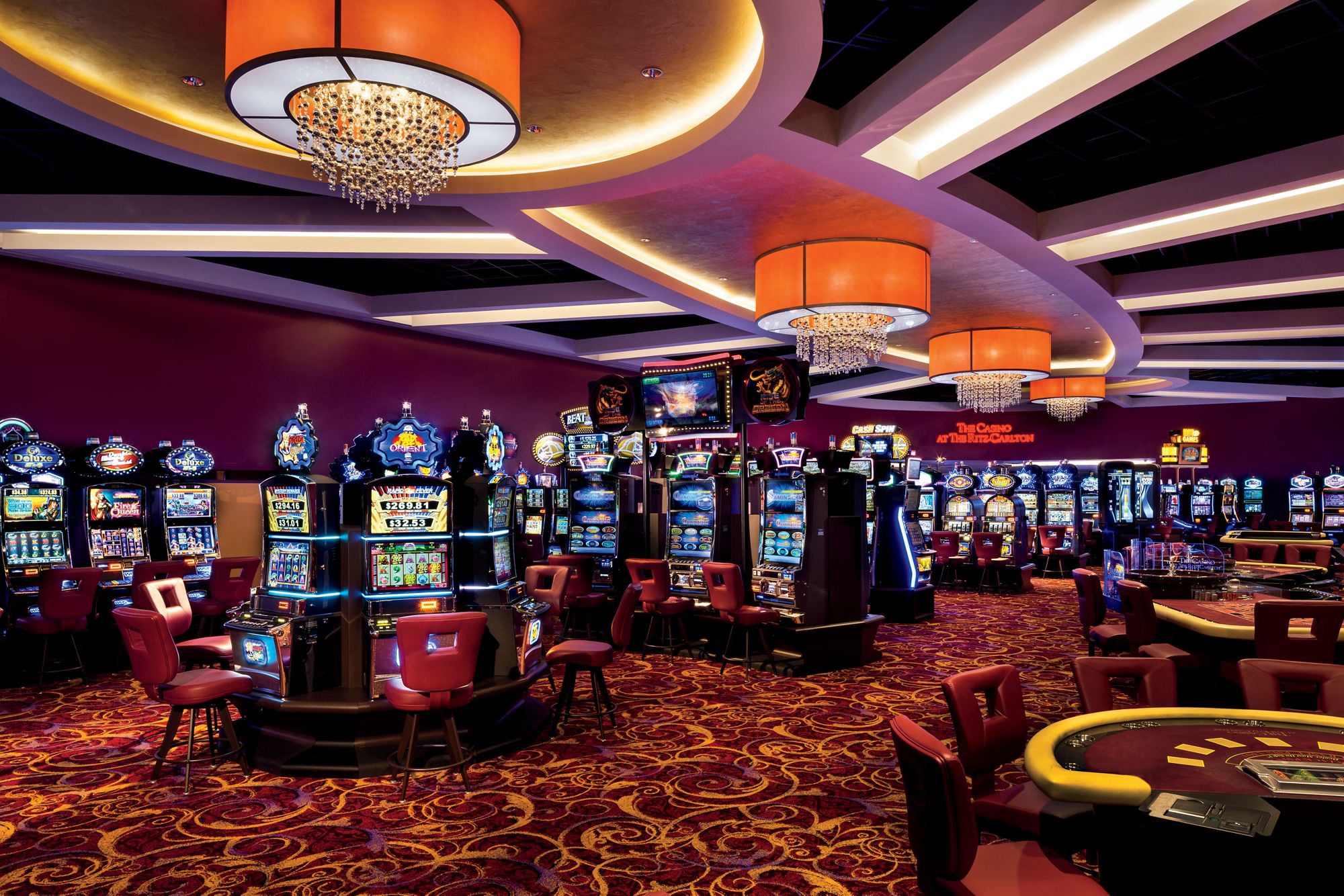Gambling games have long captivated people’s attention, drawing participants into a universe filled with luck, strategy, and the allure of excitement. Each game is meticulously crafted not just for entertainment, but also to inspire specific emotional responses that keep gamblers involved and interested. Understanding the drives behind these designs reveals much about how behavioral psychology plays a key role in the gaming experience.
From the vivid lights and dynamic sounds to the complex layering of rules and payoffs, casino games are designed to create an atmosphere of excitement and expectation. Game designers leverage mental cues to influence gambler behavior, whether through the use of big prizes, almost wins, or social connections. By examining these aspects, we can better appreciate how casino games fulfill not just a need for entertainment, but deeper psychological needs for thrill and hazard.
Grasping Player Actions
Casino games are crafted with a profound understanding of player psyche, which is essential for luring and holding players. Okwintv The thrill of the game, coupled with the hope of winning, produces a formidable draw. Bảng xếp hạng bóng đá Game designers employ elements like audio cues, dynamic graphics, and immersive gameplay to engage attention and generate emotional responses. These sensory elements enhance the total environment, making players feel more attached in the game.
Another important aspect of player behavior is the idea of risk and reward. Casino games often manage high-stakes situations with the potential for substantial rewards, which can cause the event known as near-miss experience. When players come within reach to winning, the brain releases dopamine, reinforcing their behavior and prompting them to keep playing in quest of that fleeting win. This cycle of wish and frustration plays a critical role in how games are constructed and promoted.
Lastly, community aspects also play a critical role in player behavior at casinos. Many games are designed to be played in groups or with other players, nurturing a sense of community and shared experience. The interaction inherent in games like blackjack enhances enjoyment and can culminate in longer play sessions. Designers take advantage on this by creating environments that encourage players to remain, connect, and return, making the overall casino experience more inviting.
The Role of Visuals and Sound
Imagery and sound play a vital role in enhancing the player’s experience within casino games. Designers utilize bright colors, striking graphics, and captivating animations to attract players’ attention and hold their focus. The use of themes, such as exploration or opulence, helps create an engaging atmosphere that transports players into another world. By connecting to the senses, these elements add to a intensified emotional response, encouraging players to engage more profoundly with the games.
Sound design is just as important in enhancing the overall experience of gambling games. The combination of background music, audio effects for successful combinations, and ambient noises creates an auditory landscape that holds players fascinated. Audio cues associated with wins, such as ringing bells or celebratory music, evoke feelings of thrill and reward, prompting players to continue playing. These sound cues are carefully placed to enhance the excitement of the game and create a more engaging experience.
Additionally, the alignment of visuals and sound is important for reinforcing the game’s overall concept and mood. Each element should align seamlessly to create a cohesive experience that pulls players in. The effective use of this synergy not only improves user satisfaction but also boosts the chances of return play, as players become more invested in the captivating world that the gambling games offer. This thoughtful integration of visuals and sound ultimately enhances player engagement and commitment.
Reward Structures and Participation
The design of casino games greatly relies on incentive structures to keep participants involved and coming back for more. These structures are based in psychological principles that exploit human nature and desire. Players are often driven by the excitement of success, which is supported by immediate feedback through the game’s design. This instant gratification not just enhances the overall experience but also cultivates a feeling of achievement, encouraging players to keep playing in hopes of greater rewards.
Gaming establishments adopt various incentive systems, including large payouts, bonuses, and multipliers, to captivate players. These features create a level of excitement that maintains interest. Additionally, the randomness of results plays a crucial role in keeping attention. The intermittent reinforcement schedule, where wins are random but happen often enough, maintains participants on edge and driven to continue participating. This loop of anticipation and expectation is foundational to the effectiveness of casino games.
Furthermore, community aspects, such as competitive events and multiplayer features, enhance the engagement factor by leveraging the competitive nature of players. The communal aspect of playing with others can amplify the excitement of winning and create a sense of community within the gaming space. By integrating these community elements with effective reward systems, gambling experiences don’t just offer entertainment but also foster a deeper bond among participants, reinforcing their commitment to the overall experience.
